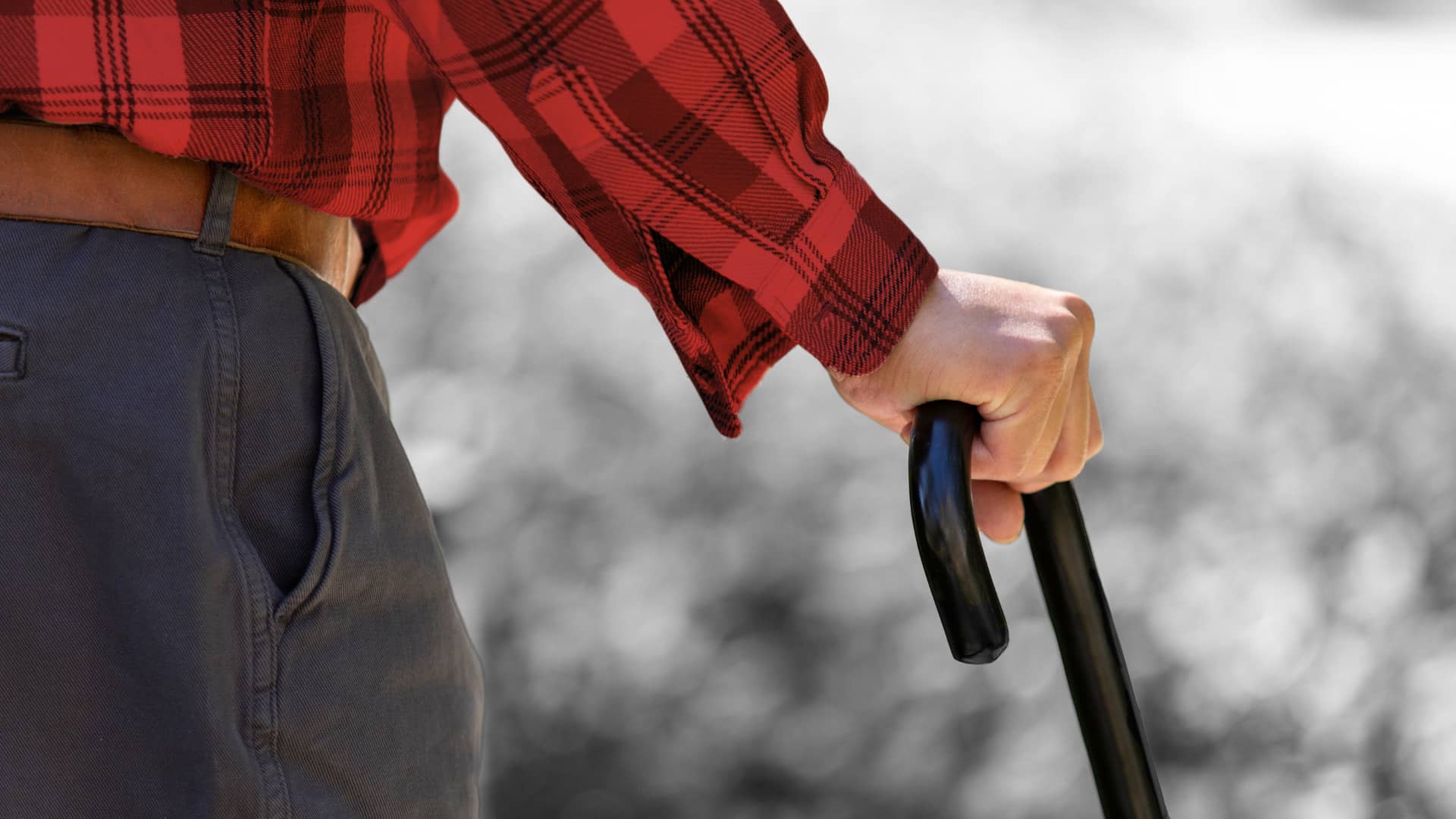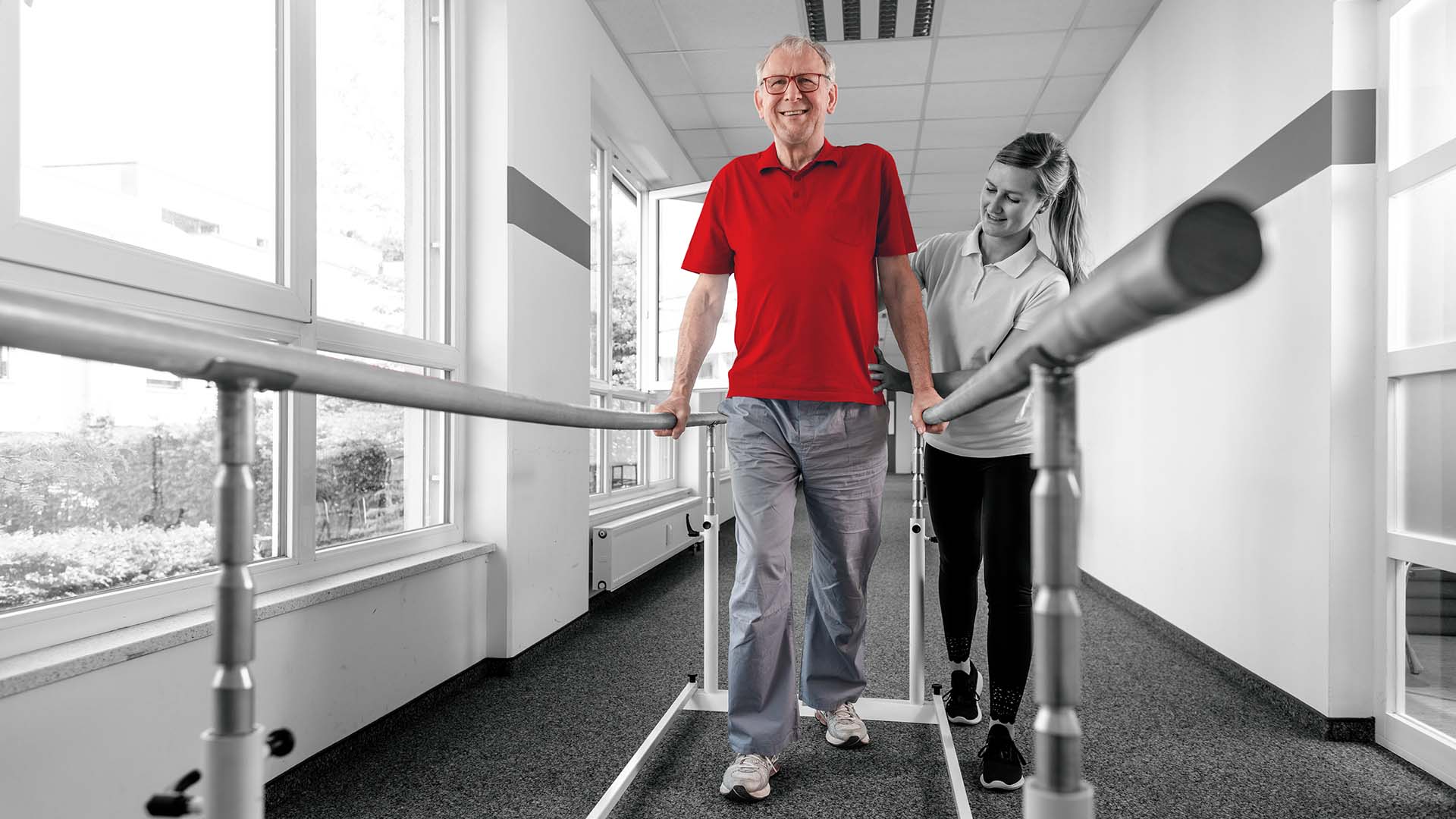Anyone living with Parkinson’s knows that walking can be an ongoing struggle – especially when you’re struggling with freezing episodes, loss of balance, and a fear of falling.
That’s where NexStride comes in. Created by De Oro Devices, NexStride was developed through the combined efforts of Sidney Collin, a biomedical engineer, and Jack Brill, a veteran living with Parkinson’s. After discovering how using external signals improved Brill’s ability to walk in physical therapy sessions, the pair worked together to come up with NexStride as a way for him to be able to easily utilize these signals at home.
How Your Body Is Supposed to Move – and What Happens with Parkinson’s
The ability to move the body is initiated by the brain. It initiates a signal that tells the body to move in a certain way, then sends that signal through a neural pathway to the body part you want to move. In a neurotypical individual, the body simply receives that signal and engages in the desired movement. There is no need to consciously tell your body to walk; it happens automatically.
Unfortunately, one of the effects of Parkinson’s is to cause the neural pathways the brain uses to communicate with the body to degenerate. This interrupts the automatic signals, resulting in issues like loss of balance, shortened strides, shuffling, uneven gait, and even freezing.
What Exactly Is NexStride, and How Does It Work?
NexStride is a small, portable device that can attach to your cane, walker, or walking stick. It uses visual and audio cues – specifically a laser line and metronome – that enable the brain to switch over from automatic commands to commands that are based on intention. This allows users to break through freezing episodes and maintain a smoother, more natural gait.
How does each type of cue work?
Audible Metronome
NexStride’s metronome emits an audible signal, engaging a different pathway in your brain to enable you to move forward.
Visual Laser Line
The laser signal shows you where to step, giving your brain a target to focus on and a new way to engage with the body (this can also help correct stride issues).
Based on Science – Proven By Real-World Results
The technology used in NexStride is based on scientifically supported cueing methods that are commonly used in physical therapy for Parkinson’s patients. The breakthrough here is the portability of the device, easily bringing those cues into all kinds of everyday environments.
Does it work? According to surveyed users…
- 100% said their confidence increased while walking.
- 95% said that their mobility improved, allowing them to move more freely.
- 94% reported a reduced fear of falling.
- 63% reported walking more often once they started using the device.
Should You (or Your Loved One) Consider NexStride?
We think so – especially if the person who needs it is a veteran, because eligible veterans who get their healthcare through the VA can now get NexStride for free. Even if that doesn’t apply to you, we recommend learning more by heading over to the NexStride website for additional details.




